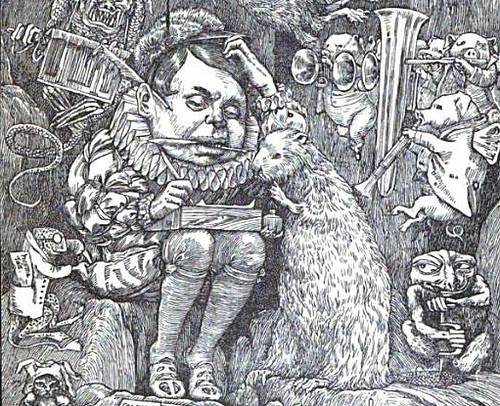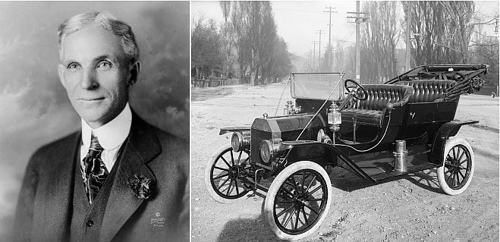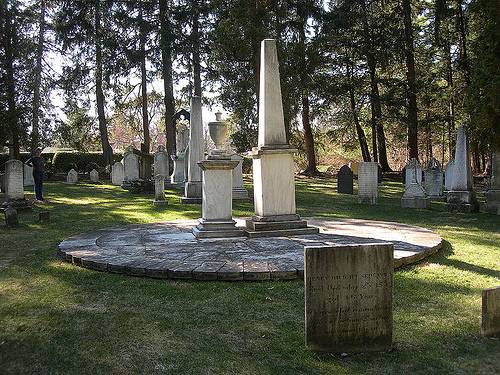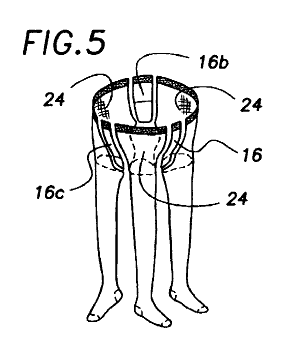Poet/farmer Thomas Tusser composed his Five Hundred Points of Good Husbandry (1573) for the most part in rhyming couplets. But in Chapter 49 he gets ambitious, casting his conclusion in 94 consecutive words that begin with the letter T:
The thrifty that teacheth the thriving to thrive,
Teach timely to traverse, the thing that thou ‘trive,
Transferring thy toiling, to timeliness taught,
This teacheth thee temp’rance to temper thy thought.
Take Trusty (to trust to) that thinkest to thee,
That trustily thriftiness trowleth to thee.
Then temper thy travell, to tarry the tide,
This teacheth thee thriftiness, twenty times try’d.
Take thankfull thy talent, thank thankfully those,
That thriftily teacheth thy time to transpose.
Troth twice to be teached, teach twenty times ten,
This trade thou that takest, take thrift to thee then.
“Perhaps this was the most difficult chapter, according to its length, that our author had to compose,” writes editor William Mavor, “yet he has strained alliteration to the most extravagant pitch; for when he writes trive for contrive, and for the sake of the rhyme uses thee for thrive, we cannot help pitying the miserable expedients to which he was reduced, in order to accomplish his design.”
“In other respects the advice is good.”





